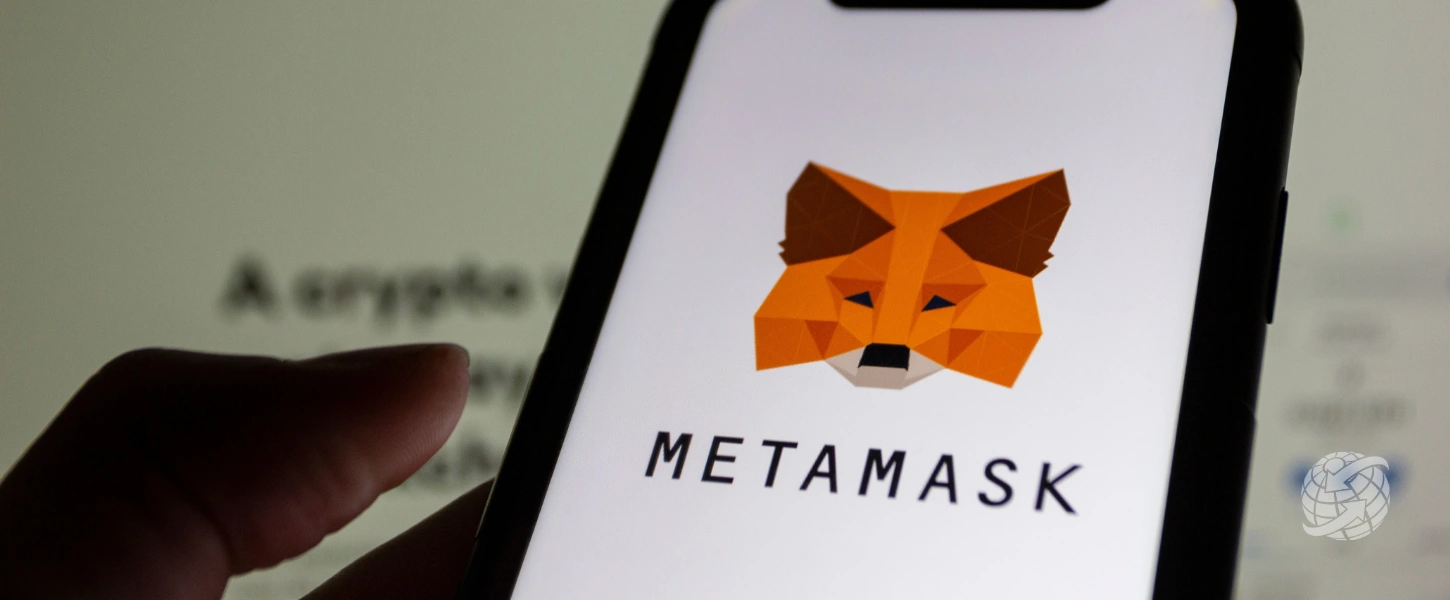
Key points
- Metamask is preparing to start MMUSD Stablecoin, according to the latest governance proposal
- MMUSD will be processed through the stripe’s economic infrastructure and the M^network
- If approved, Stablecoin will be added to the AAVE V3 borrowing markets for Ethereum and Linea.
Metamask, the popular Ethereum wallet with more than 30 million users, is preparing to launch its own Stablecoin, Metamask USD (MMUSD), in collaboration with the Giant Stripe, according to the latest governance proposal.


(Source: Front runners;
Metamask’s move is a major boost in the $ 251 billion Stablecoin market to make encryption transactions faster, cheaper and more affordable.
The proposal, compiled by Defi Tokenlogic research company, shows MMUSD’s ability to become a key property of liquidity throughout the Metamask ecosystem, including its service, exchange and DEFI integration. It will be added to the AAVE V3 borrowing markets for Ethereum and Linea.
The MMUSD will be issued through the M^0 Network of Stripe, an adjustable dollar platform platform. This will ensure compliance and stability.
Designed as a neutral high humidity base currency, MMUSD plans to streamline transactions on Metamask products, while deepening Stablecoin’s liquidity at Defi.
If approved, users could supply or borrow MMUSD to Aave V3.
Stripe’s role in MMUSD’s stability
Unlike most Stablecoins issued by cryptographic companies, MMUSD will be processed through Stripe’s economic infrastructure. This partnership will ensure smoother conversions between Fiat and Crypto.
Stripe’s participation is a player-champ, as global payment rails could reduce the cost of transactions and settlement times, making the practical choice for daily costs, remittances and defi transactions.
Stablecoin will be 1: 1 on the US dollar, similar to USDC and USDT, but to the additional advantage of the deep integration of metamask in the Ethereum ecosystem.
This could enhance his rapid adoption between the existing users base, while attracting newcomers to the variability of the cryptographer.
Stablecoins have become the backbone of cryptographic transactions and Defi, acting as a bridge between traditional money and blockchain.
Metamask’s entry into this area could accelerate the adoption of encryption, especially as regulatory clarity improves.
In April 2025, the sec confirmed that the well-supported, dollar-pegged stablecoins are not titles, removing a significant obstacle to projects such as MMUSD.
The recent $ 1.1 billion dollar acquisition of Stablecoin Bridge platform further reflects its blockchain -based payments.
Despite optimism, Metamask and Stripe face fierce competition from Tether (USDT) and Circle’s USDC, which dominate the Stablecoin market. In addition, users will need compelling reasons to change from established alternatives.
While a governance proposal has described the MMUSD framework, the basic details, such as the launch timetable, the reserve mechanisms and the availability of cross -chain, are still wrapped.
If successful, Stablecoin could boost the volume of Ethereum transactions and even extend to other chains such as Solana, where Stripe already supports encryption payments.
New Wave Stablecoins after Genius Act approval
The economic world is in huge transformation, as large banks and companies to start Stablecoins after the passage of a genius law, which introduced the first comprehensive US regulatory framework for digital dollar assets.
The strict requirements of the legislation, including 1: 1 support with US treasuries, monthly audits and strong controls against money laundering, gave traditional financial institutions the confidence to enter what they once considered.
Recently, USDE, a stablecoin performance by Ethena Labs, has surpassed the FDUSD to claim the point as the third largest in dollars, after an increase of 75% from mid -July.
Wall Street goes all-in
Bank of America, Citibank and JPMorgan are driving the charge, with Bofa CEO Brian Moynihan publicly stating that the bank is ready to “keep deposits in Stablecoin form” as adoption is increasing.
JPMorgan has already developed JPMD, a Coinbase blockchain deposit that allows institutional settlements 24/7 – an immediate challenge for traditional banking hours.
Retail giants incorporate encryption payments
In addition to funding, Titans consumers enter the action:
- Amazon explores a stablecoin to rationalize payment and dedication programs
- Walmart is reportedly developing a solution for faster supplier payments
- PayPal has expanded Pyusd offers with new performance capabilities
The dual supervision of the federal status of Genius Act and the explicit blockade of Stablecoins from the classification of mobile values have removed chronic regulatory uncertainty.
Industry analysts note the irony: the institutions that once rejected Crypto are now struggling to check what a $ 2 trillion market could be made, remodeling global payments, according to the latest report.
As a Fintech executive, he said: “This is not a encryption embrace – this is the survival of the future of money.” By the rules now, the struggle to dominate Stablecoin’s era has officially begun.

